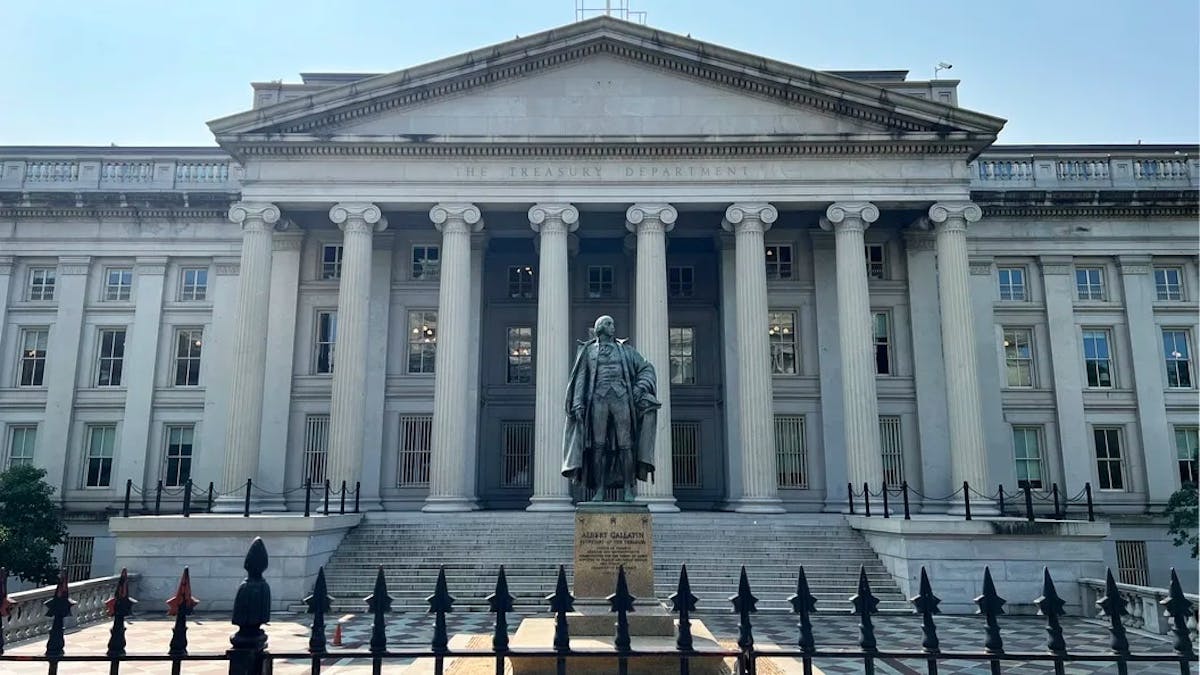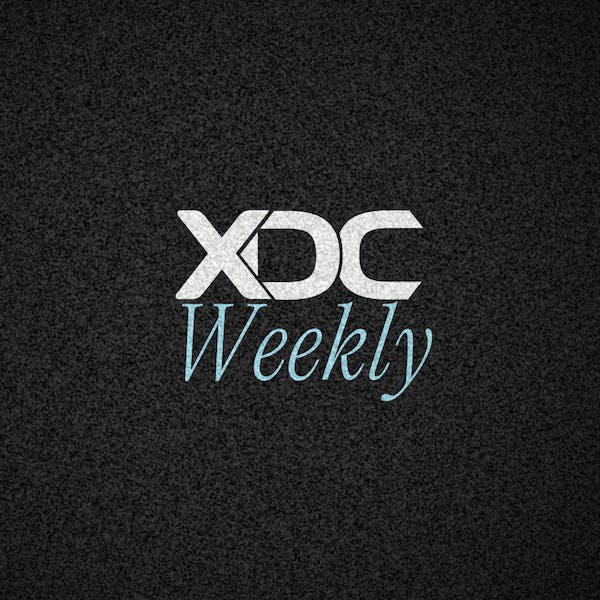Driven by favorable macro conditions and increased willingness among traders to dive into real-world assets, the market for tokenized debt is flying. Jeff Wilser reports for Trading Week.
If the 2021 bull run was known for cartoon apes, meme coins, and gushing endorsements from celebrities, the next wave of crypto adoption -- or even “crypto spring” -- could come from something less sexy but more substantive: the tokenization of RWAs, or Real World Assets. At least that was my thesis earlier this year, when I reported on the projected $16 trillion market of tokenized RWAs.
Since then?
The tokenization space has caught fire, providing new tools (and profits) for investors and traders alike. This is especially true of tokenized U.S. treasuries. According to 21.co, the market value of tokenized treasures increased nearly six-fold since the beginning of January, jumping from $104 million to $675 million.
One reason has nothing to do with crypto and everything to do with macro-economic forces. “The exceptional growth was fueled by the rise in U.S. treasury yields,” says Carlos Gonzalez Campo, a Research Analyst at 21.co. Thanks to the gauntlet of rate hikes by the Fed, the three-month treasury yield surged from virtually 0% at the end of 2021 to over 5% at the time of this writing. Not bad for the “boring” asset. “Amidst the uncertain macro and geopolitical environment,” says Gonzalez Campo, “there has been a ‘flight to safety’ to U.S. Treasuries.”
Traditional banks might not have much interest in Dogecoin or NFTs, but they love things like instant settlement (which you get with RWAs), 24/7 trading, lower costs, and the transformation of illiquid assets into liquid instruments. So the bankers are getting in on the action. Franklin Templeton, for example, tokenized over $300 million of its U.S. Government Money Fund on Stellar and Polygon. The European Investment Bank issued 150 million Euros of tokenized bonds. And the CEO of BlackRock, Larry Fink, called tokenization “the next generation for markets.”
The buyers of these tokens include traders, investors, DAO treasurers, and wealth management firms. “This is specifically interesting for people who are already in stablecoins, and looking for diversification, and who are looking for yield with very little risk,” says Nils Behling, COO of Tradeteq, a U.K-based private debt and real-world asset marketplace, which recently launched tokenized treasuries on the XDC blockchain.
In the world of traditional finance, it’s common to diversify a portfolio with treasuries and bonds, which provides a sort of “shock absorber” in case the stock market collapses. Crypto investors (sometimes) use the same kind of risk management, but instead of U.S. treasuries they use stablecoins. The good thing about stablecoins is that they’re (theoretically) risk-free, the bad thing is they offer no yield.
“The U.S. government bond is seen as a risk-free rate,” says Behling, and if you can get 5% instead of 0% -- and do it on-chain -- then why wouldn’t you? The other problem with stablecoins, of course, is that sometimes they’re not entirely stable. (Exhibit A: Terra.) So Behling considers tokenized treasuries to be “a nice hedge against de-peg risk.”
Given today’s juicy yields, many in the crypto space now see treasuries as essential to modern investing. Allan Pedersen, the CEO of Monetalis (which worked to tokenize RWAs for Maker DAO), even compares tokenized treasuries to carbon, as in the chemical element. “You need carbon for life on earth,” says Pedersen, “and you need U.S. treasuries for life on-chain.”
Trade finance
Treasuries make up the bulk of tokenized RWAs – for now – but more asset classes give investors more options, some with higher risk and returns. Consider “trade finance,” or the arcane world of invoices and receivables. If someone sends an international shipment from Copenhagen to Cairo, that invoice is part of trade finance. Companies like Tradeteq are working to tokenize these invoices, which brings more liquidity to the market, gives more borrowing options for small businesses, and provides yet another asset class for investors. Behling thinks market alone is over $1 trillion and considers trade finance “the last frontier in finance.”
Or take small business lending. “This is kind of a niche area of underwriting,” says Sid Powell, co-founder of Maple Finance, which also tokenizes RWAs. Small business loans can offer yields of well over 10%, says Powell, and he gives the example of a COVID-era tax rebate program. Let’s say you’re a pizza shop that kept your employees during COVID in 2020.
“The government created a stimulus program through taxation, where they effectively rebated the taxes you would have paid,” says Powell. Thanks to government bureaucracy, these rebates took years to process and don’t sunset until 2025. Now they can be tokenized and traded as an asset, bringing yield to investors. “Once a real world asset yield gets above 10%, it starts to become much more interesting to funds, high net-worth investors, and other institutional allocators,” says Powell.
Some of these deep pockets might wish to invest in both cryptocurrencies (like bitcoin) and traditional equities (like Apple stock), and RWAs let them do both in the same ecosystem. “For people who are investing and trading in crypto -- and there’s not always a clear distinction between the two -- then you kind of want to have all of the above including stocks and bonds,” says Timo Lehes, co-founder of Swarm Markets, which also brings RWAs on-chain. “You don’t want to do all these wire transfers in between applications.”
More aggressive traders are finding ways to leverage tokenized treasuries to squeeze even more yield. “I’ve seen people who do loans via various protocols and leverage five or six times,” says Pedersen. You buy a tokenized treasury, then use that as collateral to get a loan, and then buy more treasuries, and so on. “You can lock in 10% to 15% of interest by layering on top of each other,” says Pedersen. (This is the obligatory time to say THIS IS NOT FINANCIAL ADVICE, and over-leverage can backfire.) Or, as DeFi researcher Thor Hartvigsen explained in a widely shared X thread, you could get a 16.3% yield by “looping” various RWAs and acknowledged, “Alright this is getting outta hand.”
Putting the merits of leverage aside, there’s every reason to believe that the tokenization pie will keep growing. Adam Lawrence, CEO of RWA.xyz, a data provider, suspects that the tokenized treasuries market is entering its “scale phase,” and predicts that over the next few quarters, tokenized treasuries will “easily 10x the current market size.”
One final thought. While the words “risk-free” should make everyone in crypto do a double-take -- we’ve seen that movie before -- in the case of U.S. treasuries, that really is how investors view the asset. But then again… as the House of Representatives descends into chaos and another government shutdown always looms, it might also be fair to ask, tongue firmly in cheek, “What could possibly be risky about the U.S. government?”
So, as with all things in crypto investing, caveat emptor.

